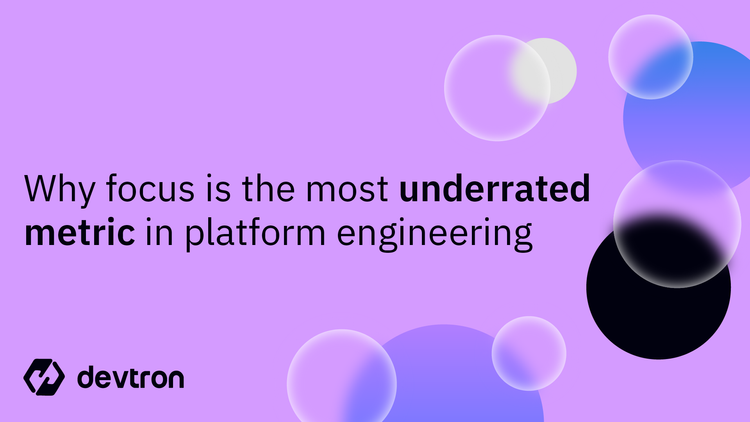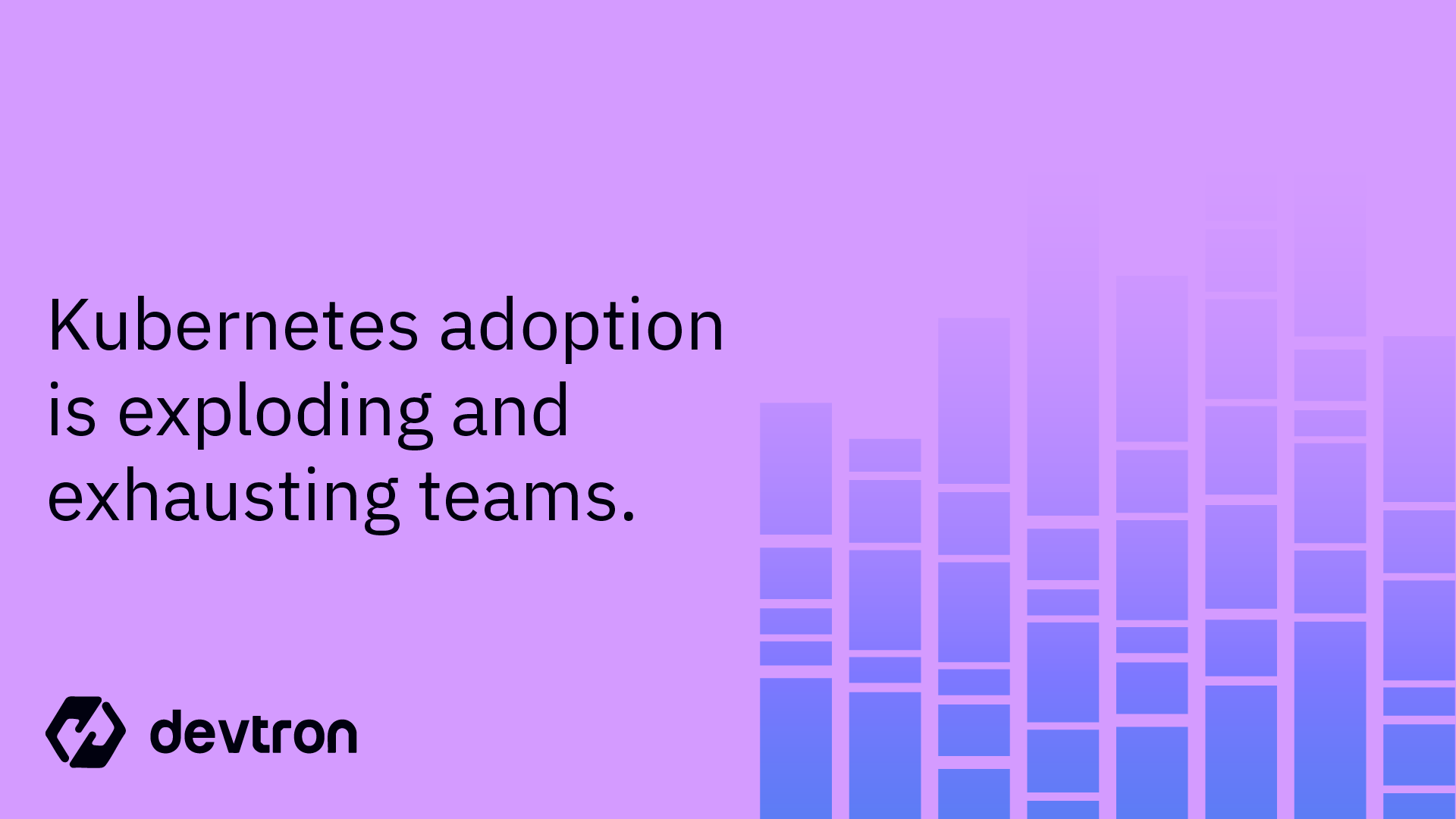1. An IDP boosts developer velocity by offering self-service provisioning, integrated CI/CD, observability, and governance — all tailored to your existing workflows.
2. Choosing to build or buy an IDP depends on factors like team expertise, customization needs, speed-to-market, and long-term scalability.
3. Building an IDP offers complete control and flexibility, ideal for organizations with strong platform engineering teams and complex infrastructure needs.
4. Buying an IDP speeds up implementation and is best suited for startups or enterprises seeking quick wins, baked-in security, and vendor support.
5. Hybrid approaches are gaining traction — combining off-the-shelf platforms with custom extensions to balance flexibility and time-to-value.
What is an IDP? (And Why the Build vs. Buy Dilemma Matters)
An Internal Developer Platform (IDP) is a set of self-service tools and workflows designed to help developers ship code faster, with more autonomy and fewer roadblocks. At its core, an IDP abstracts away infrastructure complexities, simplifies environment provisioning, and integrates CI/CD, observability, and governance controls in one place.
The decision to build or buy an IDP is becoming more critical as engineering teams scale. The wrong choice can cost you months in delivery delays or skyrocket platform costs. The right platform accelerates dev velocity, aligns with long-term goals, and future-proofs your platform strategy.
Core Purpose: Streamlining Dev Workflows & Resource Provisioning
IDPs aim to create a golden path for developers. That includes:
- Self-service provisioning of environments
- Integrated CI/CD workflows
- Standardized observability
- Role-based access and security policies
How IDPs Differ from PaaS/Out-of-Box Solutions
Unlike traditional PaaS offerings, IDPs are built around your existing tooling and workflows. They aren’t just platforms you deploy apps to — they’re platforms developers use to deliver value faster. Think of them as internal enablers, not external black boxes.
Key Decision Factors: Build, Buy, or Hybrid?
Before you commit, consider the following lenses:
Investment Horizon (Short-term vs. Long-term ROI)
- Buy: Fast time to value. Ideal if you need quick wins and can afford licensing.
- Build: Slower ramp, but pays off if you aim to optimize workflows over the years.
Team Capabilities: In-House Expertise vs. Skill Gaps
- Buy: When your platform team is small or new to infra abstraction.
- Build: If you have senior platform engineers who understand Kubernetes, GitOps, observability, and security well.
Customization Needs vs. Speed-to-Market
- If your team needs deep customization for compliance or workflow-specific use cases, building might be the answer.
- But if your workflows are relatively standard (e.g., Docker + GitOps + ArgoCD), a commercial platform gets you moving faster.
Scalability & Future-Proofing Requirements
Does your org plan to grow 2x-5x in the next 12–24 months? Choose a path that can scale with:
- Team size
- Microservices growth
- Multi-cloud/hybrid infra
Building an IDP: In-House Development
Building an IDP internally can have certain advantages and it is useful for specific use cases. Let’s understand where the build approach shines.
Advantages of Building an IDP
You control everything: UI/UX, developer journey, integrations, policies, and how fast you iterate. You’re not limited by vendor roadmaps.
Who Should Build?
Organizations with:
- Existing platform engineering function
- Heavy regulatory or compliance needs
- Complex service meshes, multi-cluster needs, or home-grown CI/CD logic
Buying a Commercial IDP Solution
For teams that require a more general solution, buying an IDP can be a better approach. Let’s explore the benefits of buying an IDP and where it shines.
Advantages of Buying an IDP
- Quicker setup, especially for startups or fast-scaling teams.
- Vendor support and community backing
- Security standards baked in (RBAC, audit logs, SSO, etc.)
Who Should Buy?
- Teams with lean engineering resources
- Early-stage startups scaling fast
- Enterprises aiming for uniformity across global teams
The Hybrid Approach: Buy & Extend
Customizing Commercial IDPs for Unique Workflows
Some platforms allow extending their capabilities via APIs or plugins. This gives you the best of both worlds—stability and speed + room for innovation.
Case Study: Balancing Speed and Flexibility
A mid-sized SaaS company used a commercial IDP for their CI/CD backbone and layered on custom approval workflows and compliance tooling. This hybrid model saved them 6 months of build effort while meeting SOC2 needs.
Build vs. Buy Decision Framework
Step 1: Map Your Engineering Pain Points
Is the bottleneck CI/CD? Environment setup? Observability? Start with developer interviews and incident retros.
Step 2: Evaluate Costs (TCO: Time, Talent, Tools)
- What’s the engineering cost of building and maintaining an IDP?
- Compare it to vendor licensing, onboarding, and training costs.
Step 3: Assess Long-Term Strategic Alignment
Is platform engineering part of your strategic investment? If so, building makes sense. If not, buy and focus resources on your core product.
Implementing Your Decision: Next Steps
Building In-House: Platform Team Structure & Tech Stack
- Typical stack: Kubernetes, ArgoCD, Backstage, Prometheus, Vault
- Platform team roles: Product manager, DevX engineers, infra architects
Buying: Vendor Evaluation Criteria
Look for:
- GitOps and Kubernetes-native approach
- Extensibility (APIs, plugins)
- Security: SSO, audit, compliance controls
- SLA and roadmap transparency
Measuring Success
Track:
- Deployment frequency
- Lead time to production
- Developer satisfaction (via surveys)
- MTTR (mean time to recovery)
Conclusion: No One-Size-Fits-All Answer
Key Takeaways for Technical Leaders
- Building gives control and flexibility, but demands deep expertise.
- Buying accelerates time-to-value and offers baked-in best practices.
- Hybrid approaches are growing—buy the foundation, build on top.
When to Revisit Your Decision
- Team growth
- Regulatory changes
- Tooling maturity
- Developer feedback
Try it out with a Free Enterprise Trial
FAQ
What is an Internal Developer Platform (IDP)?
An IDP is a self-service layer that sits on top of infrastructure and streamlines the software delivery process. It integrates CI/CD, environment provisioning, observability, and security into a unified developer experience, helping teams ship faster with less friction.
How does an IDP differ from a PaaS?
While a PaaS is a full external platform for hosting applications, an IDP is internally designed to integrate with your tools and workflows. It’s about empowering developers, not hiding infrastructure behind a black box.
What are the advantages of building your IDP?
- Full control over architecture and integrations
- Tailored compliance and security policies
- Custom workflows that match your unique developer journey
How do you measure the success of an IDP?
Key metrics include:
- Deployment frequency
- Lead time for changes
- Developer satisfaction
- Mean time to recovery (MTTR)







